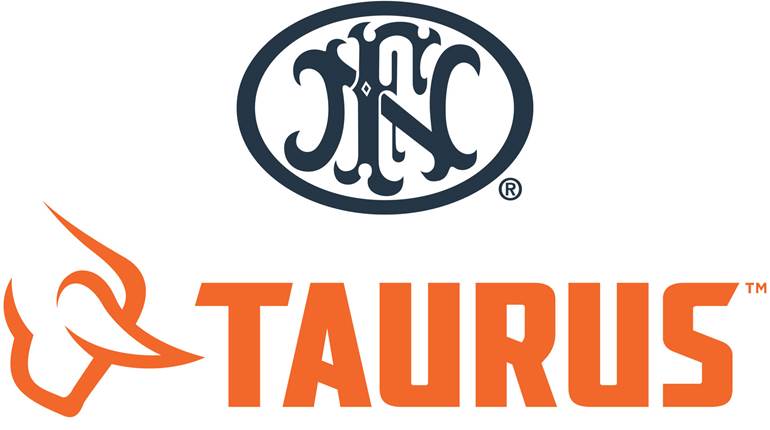
Results from Go Gearfire’s recently released “Q1 Sporting Sports” retail sales and inventory executive snapshot report indicates enthusiasts are trimming budgets in more ways than just waiting to buy their next gun. Enthusiasts are purchasing more packages of ammo, but overall spending is less because they're selecting ammo boxes with fewer rounds inside.
The study takes a deep dive into retail trends, as well as providing more advanced gun purchase estimates. It adjusts for National Instant Criminal Background System check denials, multiple purchases and includes inventory and sales comparisons between 2023 and 2024. Much of the information is based on data gathered from roughly 2,400 stores.
The report found total firearm sales declined 13.3 percent between the three-month periods. Total unit sales of ammunition—packages of rimfires, centerfires and shotshells—increased by 1.3 percent, while the pieces in each box were less than the year before. After adjusting for that reduction, the total number of individual rounds sold declined by 3.2 percent. The amount paid at checkout dropped by 5.7 percent.
The number of enthusiasts who added a new pistol or revolver to their collection declined by 13.5 percent, although handgun cartridge unit sales increased by 5.4 percent. More boxes of fodder may have left the store, but after adjusting for content count, the actual number of rounds purchased declined. So did sales figures.
The trimmed spending trend also extends to optics. The number of red-dots and scopes sold during the study’s period declined by 7.1 percent. The amount spent on every purchase dropped 8.2 percent.
“Understanding the true landscape of the firearms retail environment is crucial for decision-makers at both the manufacturing and distribution level,” according to said Kaleb Seymour, vice president of Data Analytics at Go Gearfire. “Accurate retail sales data, coupled with inventory volume at the store level, helps craft informed policies and sound business decisions which positively impact the overall health and profitability of the entire firearms supply chain.”





































